Technical Documentation: KONGSBERG RMP420
1. Product Description
The KONGSBERG RMP420 is a rugged, industry-leading Remote Manipulation Panel developed by Kongsberg Maritime (Norway), engineered specifically for remote operation and monitoring of subsea, offshore, and maritime equipment. As a flagship model in Kongsberg’s Remote Operation (RMP) Series, it serves as a critical human-machine interface (HMI) and control hub, enabling operators to manage complex systems—such as remotely operated vehicles (ROVs), subsea valves, and offshore drilling tools—with precision and reliability, even in harsh marine and offshore environments.
Unlike basic remote control panels, the RMP420 is distinguished by its integrated control logic, redundant communication, and maritime-grade durability. It eliminates the need for separate control units and HMIs by combining real-time data visualization, manual control inputs, and automated safety interlocks in a single, compact device. This makes it ideal for applications where space is limited (e.g., offshore rig control rooms, ROV support vessels) and downtime is costly or hazardous.
Key Differentiators
- Maritime-Grade Ruggedness: Built to withstand saltwater corrosion, extreme temperatures, and high vibration, complying with global maritime standards (DNV GL, ABS, Lloyd’s Register).
- Dual-Mode Operation: Supports both manual control (via joysticks, pushbuttons) and automated control (via pre-programmed sequences), adapting to dynamic offshore tasks (e.g., ROV manipulator arm operations, subsea pipeline maintenance).
- Redundant Connectivity: Features dual Ethernet and serial communication links to ensure uninterrupted data flow—critical for remote operations where signal loss could lead to equipment damage or safety risks.
Typical Applications
- Subsea ROV Operations: Controlling ROV manipulator arms, cameras, and sampling tools for underwater inspections (e.g., pipeline leak detection, offshore wind turbine foundation surveys).
- Offshore Oil & Gas: Managing subsea wellhead valves, chemical injection systems, and remotely operated drilling equipment from onshore control centers or support vessels.
- Maritime Salvage & Construction: Operating underwater excavators, lifting tools, and cutting equipment during salvage missions or subsea infrastructure installation.
2. Technical Specifications
Specifications are organized by functional category, with clear industrial relevance highlighted to illustrate how each parameter supports real-world operations.
2.1 Control Interface & Input Devices
|
Parameter
|
Details
|
Industrial Relevance
|
|
Joysticks
|
2x 3-axis proportional joysticks (resolution: 12-bit); 1x 2-axis mini-joystick for fine control
|
Enables precise manipulation of ROV arms (3-axis) and camera pan/tilt (2-axis)—critical for delicate tasks like subsea valve turning.
|
|
Pushbuttons & Switches
|
24x momentary pushbuttons (illuminated, color-coded: red for emergency, green for start/stop); 8x toggle switches (2-position, latching)
|
Color-coding reduces operator error (e.g., red “Emergency Stop” is instantly recognizable); illuminated buttons work in low-light control rooms.
|
|
Display
|
10.1-inch sunlight-readable TFT LCD (1920×1200 resolution); 1000 nits brightness; touchscreen (gloved-operation compatible)
|
Visible in direct sunlight (e.g., on offshore vessel decks); touchscreen works with heavy work gloves, eliminating the need for separate input devices.
|
|
Feedback Systems
|
Haptic joystick feedback (adjustable force); audible alarms (80-110 dB); visual status LEDs (per control channel)
|
Haptic feedback lets operators “feel” resistance (e.g., ROV arm touching a pipeline); alarms alert to critical issues (e.g., low ROV battery).
|
2.2 Processing & Memory
|
Parameter
|
Details
|
Industrial Relevance
|
|
CPU
|
Quad-core ARM Cortex-A72 (1.5 GHz); integrated floating-point unit (FPU)
|
Handles simultaneous control of multiple devices (e.g., ROV arm + camera + sampling tool) without lag.
|
|
Memory
|
4 GB LPDDR4 RAM; 32 GB industrial eMMC flash (expandable to 128 GB via microSD)
|
Stores 12 months of operation logs (1-minute intervals) for compliance (e.g., DNV GL offshore safety records); expandable storage for high-resolution ROV footage.
|
|
Control Logic Support
|
IEC 61131-3 programming (Ladder Diagram, Function Block Diagram); support for custom Python scripts
|
Enables pre-programmed sequences (e.g., “ROV arm position 1 → open valve → position 2”) to automate repetitive tasks, reducing operator fatigue.
|
2.3 Communication & Connectivity
|
Parameter
|
Details
|
Industrial Relevance
|
|
Ethernet Ports
|
4x Gigabit Ethernet (2x for primary control, 2x for redundancy); support for IEEE 1588 PTP (Precision Time Protocol)
|
Redundant links ensure no communication loss during critical operations (e.g., subsea wellhead control); PTP synchronizes ROV camera timestamps with control actions.
|
|
Serial Ports
|
2x RS485 (Modbus RTU); 1x RS232 (for local debugging); 1x CAN bus (for vehicle integration)
|
Connects to legacy subsea equipment (e.g., older ROVs with RS485); CAN bus integrates with offshore vessel systems (e.g., dynamic positioning).
|
|
Wireless Support
|
Optional Wi-Fi 6 (802.11ax) and Bluetooth 5.2; 4G LTE/5G module (via mini-PCIe slot)
|
Enables wireless control from temporary on-site locations (e.g., vessel decks); 5G supports remote operations from onshore centers (e.g., monitoring subsea tools from a land-based office).
|
|
Protocol Compatibility
|
Modbus TCP/IP, Profinet, OPC UA, NMEA 2000 (maritime), Kongsberg K-Node (subsea 专用)
|
Integrates with Kongsberg’s subsea systems (e.g., K-Series ROVs) and third-party equipment (e.g., Siemens offshore PLCs).
|
2.4 Environmental & Mechanical Ratings
|
Parameter
|
Details
|
Industrial Relevance
|
|
Operating Temperature
|
-25°C to +60°C (-13°F to +140°F)
|
Withstands cold offshore winters (e.g., North Sea operations) and hot tropical climates.
|
|
Protection Rating
|
IP65 (front panel); IP54 (rear panel); ingress protection against saltwater spray (per DNV GL ST-0437)
|
Resists saltwater corrosion (critical for offshore use) and dust (e.g., drilling rig control rooms).
|
|
Vibration Resistance
|
10-500 Hz, 2 g peak (random vibration; IEC 60068-2-6); 30 g peak (shock; IEC 60068-2-27)
|
Tolerates vibration from vessel engines or drilling machinery without damage to joysticks or internal components.
|
|
Weight & Dimensions
|
5.2 kg (11.5 lbs); 380 mm (W) × 220 mm (H) × 150 mm (D); 19-inch rack-mountable (2U height)
|
Compact design fits in standard offshore control room racks; lightweight enough for portable use (e.g., temporary salvage operation centers).
|
2.5 Certifications & Safety
|
Parameter
|
Details
|
Industrial Relevance
|
|
Maritime Certifications
|
DNV GL (Det Norske Veritas) OSV, ABS (American Bureau of Shipping) MARINE, Lloyd’s Register Type Approval
|
Meets global offshore safety standards, enabling use on vessels and rigs worldwide.
|
|
Safety Standards
|
IEC 61508 SIL 2 (functional safety); EN 60947-5-1 (electrical safety for control devices)
|
Ensures emergency functions (e.g., “ROV Emergency Stop”) are fail-safe, reducing accident risks.
|
|
EMC Compliance
|
EN 61000-6-2 (industrial EMC 抗扰度); EN 61000-6-4 (EMC emissions)
|
Operates without interference from nearby equipment (e.g., vessel radar, drilling controls) and does not disrupt other systems.
|
3. System Overview
The KONGSBERG RMP420 functions as a integrated control hub within larger offshore or subsea automation systems, connecting operators to remote equipment via three core functional layers:
3.1 User Interface Layer: Enabling Intuitive Control
This layer is designed to minimize operator error and maximize efficiency, even in high-stress offshore environments:
- Ergonomic Design: The panel’s layout prioritizes critical controls—emergency stop buttons are positioned at the top (easily accessible), joysticks are centered (for comfortable, long-duration use), and status LEDs are visible at a glance. Gloved-operation touchscreen and illuminated buttons ensure usability in low-light or harsh conditions.
- Task-Specific Modes: Operators can switch between pre-configured modes (e.g., “ROV Manipulation,” “Subsea Valve Control”) that customize the interface—hiding irrelevant controls and highlighting task-critical ones. For example, in “Pipeline Inspection” mode, the display shows live camera feeds and sensor data (e.g., water pressure, temperature) while simplifying joystick controls for camera pan/tilt.
- Real-Time Feedback: Haptic joystick feedback mimics physical resistance (e.g., when the ROV arm encounters an obstacle), while visual/audio alarms alert to issues like “low ROV power” or “communication loss.” This closed-loop feedback helps operators make informed decisions quickly.
3.2 Control Logic Layer: Bridging Manual & Automated Operation
This layer processes operator inputs and system data to generate precise control commands for remote equipment:
- Dual-Mode Processing: When in manual mode, the RMP420 converts joystick movements and button presses into digital commands (e.g., “ROV arm X-axis: +50% speed”) sent to remote devices. In automated mode, it executes pre-programmed sequences (e.g., “Lower ROV to 100m depth → activate camera → take sample”) stored in memory, with operators monitoring progress and intervening if needed.
- Safety Interlocks: Built-in logic prevents unsafe operations—for example, if the ROV’s battery level drops below 20%, the panel locks out non-essential controls (e.g., manipulator arm) and triggers an “Return to Surface” alert. It also verifies command consistency (e.g., ensuring “Open Valve” and “Close Valve” commands are not sent simultaneously).
- Data Logging: The panel records all control inputs, system status, and equipment responses with time stamps (accurate to 1ms via PTP). This data is stored locally and transmitted to onshore servers for compliance reporting, incident investigation, and performance analysis (e.g., optimizing ROV operation times).
3.3 Communication Layer: Ensuring Uninterrupted Connectivity
This layer manages data transmission between the RMP420 and remote equipment, addressing the unique challenges of offshore/subsea communication:
- Redundant Links: Dual Ethernet and serial ports operate in hot-standby mode—if the primary Ethernet link fails (e.g., due to cable damage), the secondary link takes over in <100ms, ensuring no loss of control. Wireless 5G/Wi-Fi provides backup for temporary setups (e.g., vessel-to-shore communication during salvage missions).
- Signal Optimization: For subsea operations, the panel uses Kongsberg’s K-Node protocol, which reduces data latency and error rates in underwater acoustic or fiber-optic links. It also supports data compression (e.g., for high-resolution ROV footage) to minimize bandwidth usage.
- Remote Diagnostics: The RMP420 continuously monitors communication health (e.g., signal strength, error rates) and sends diagnostic data to maintenance teams. If a communication module (e.g., 5G card) fails, it alerts operators and suggests troubleshooting steps (e.g., “Reset Wi-Fi module”).
Example: Subsea Pipeline Inspection
In a typical pipeline inspection scenario:
- The RMP420 is mounted in an offshore support vessel’s control room, connected to a Kongsberg K-Series ROV via fiber-optic cable.
- The operator selects “Pipeline Inspection” mode— the interface displays live ROV camera feeds, depth, and pressure data; joysticks are configured for camera pan/tilt and ROV movement.
- The operator manually guides the ROV along the pipeline using the joysticks, with haptic feedback alerting to obstacles (e.g., rocks). When a potential leak is spotted, they press the “Capture Image” button— the panel logs the time, location, and image, sending it to onshore engineers.
- If the fiber-optic link is temporarily disrupted, the RMP420 switches to 5G backup, maintaining control until the primary link is restored.
4. Related Models in the KONGSBERG RMP Series
The RMP Series includes models tailored to specific operation scales, environments, Below are key alternatives to the RMP420:
|
Model
|
Key Differences from RMP420
|
Ideal Application
|
|
KONGSBERG RMP410
|
– 1x 3-axis joystick (vs. 2x in RMP420)- 7-inch display (vs. 10.1-inch)- No wireless support- Lower cost (~25% less)
|
Basic remote operations (e.g., small ROVs for shallow-water inspections, onshore remote valve control) where complexity and portability are prioritized.
|
|
KONGSBERG RMP430
|
– 3x 3-axis joysticks- 15.6-inch 4K touchscreen- Integrated thermal imaging display- 8x Ethernet ports (4x redundant)
|
Complex subsea operations (e.g., deepwater ROVs with dual manipulator arms, offshore wind turbine maintenance) requiring multi-device control and high-resolution visualization.
|
|
KONGSBERG RMP420-EX
|
– Explosion-proof housing (ATEX Zone 1/IECEx)- Intrinsically safe circuits- Non-sparking joysticks/buttons
|
Hazardous environments (e.g., offshore oil rigs, chemical tankers) where flammable gases or vapors are present—complies with strict safety standards for explosive zones.
|
|
KONGSBERG RMP420-M
|
– Marine-grade waterproofing (IP67 front/rear)- Saltwater-resistant aluminum chassis- Integrated GPS for vessel positioning
|
Portable offshore operations (e.g., temporary salvage teams, coastal pipeline surveys) where the panel is exposed to rain, salt spray, or rough handling.
|
|
KONGSBERG RMP440
|
– Collaborative control (supports 2x RMP440 panels linked for dual-operator use)- 21-inch ultra-wide display- Advanced automation (AI-assisted task sequencing)
|
Large-scale subsea projects (e.g., subsea pipeline installation, offshore oil field development) requiring two operators to coordinate (e.g., one controlling ROV movement, one managing manipulator arms).
|
|
KONGSBERG RMP420-L
|
– Lightweight design (2.8 kg vs. 5.2 kg)- Battery-powered (8-hour runtime)- Foldable display for transport
|
Remote, off-grid operations (e.g., inland waterway inspections, remote mining site equipment control) where portability and no access to AC power are key.
|



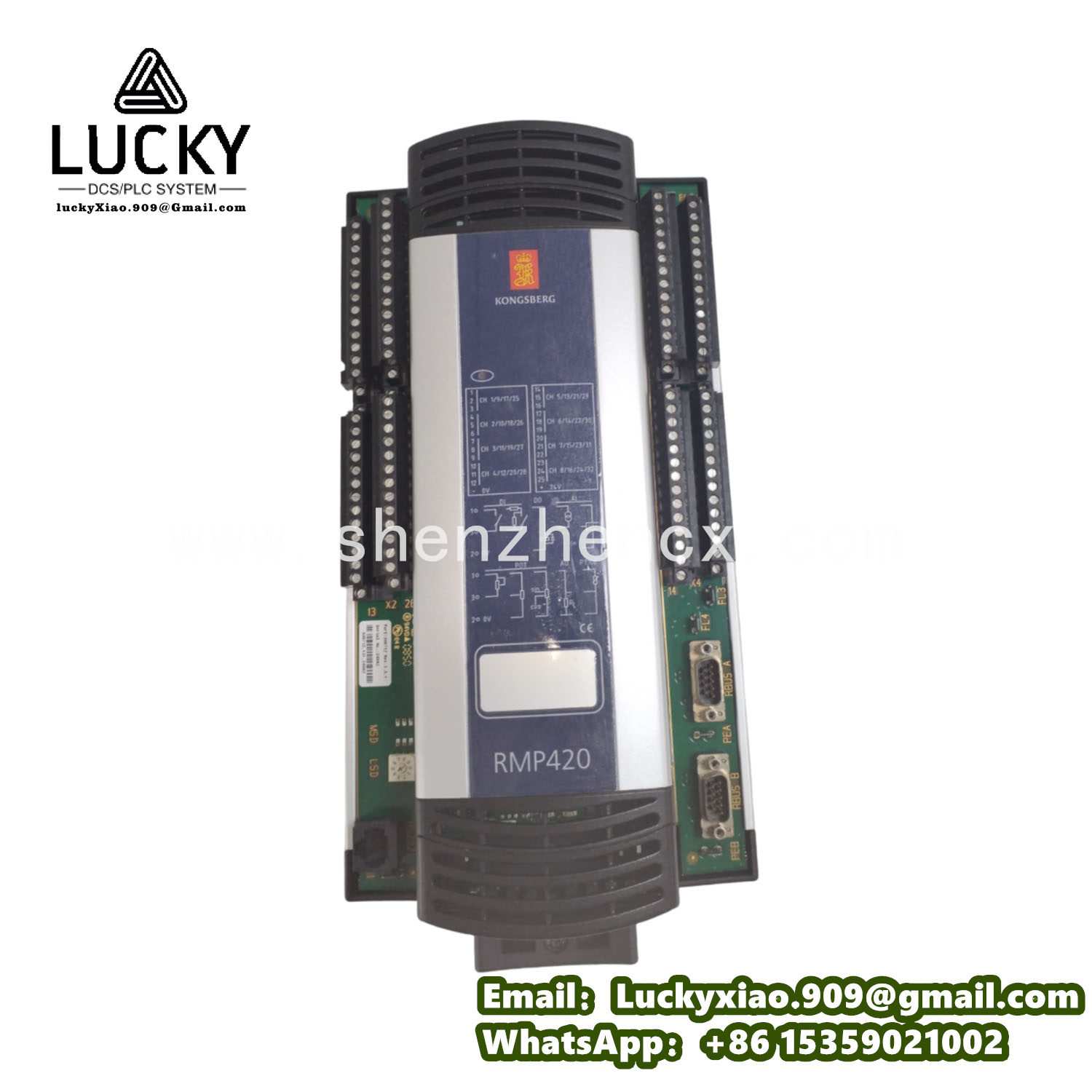
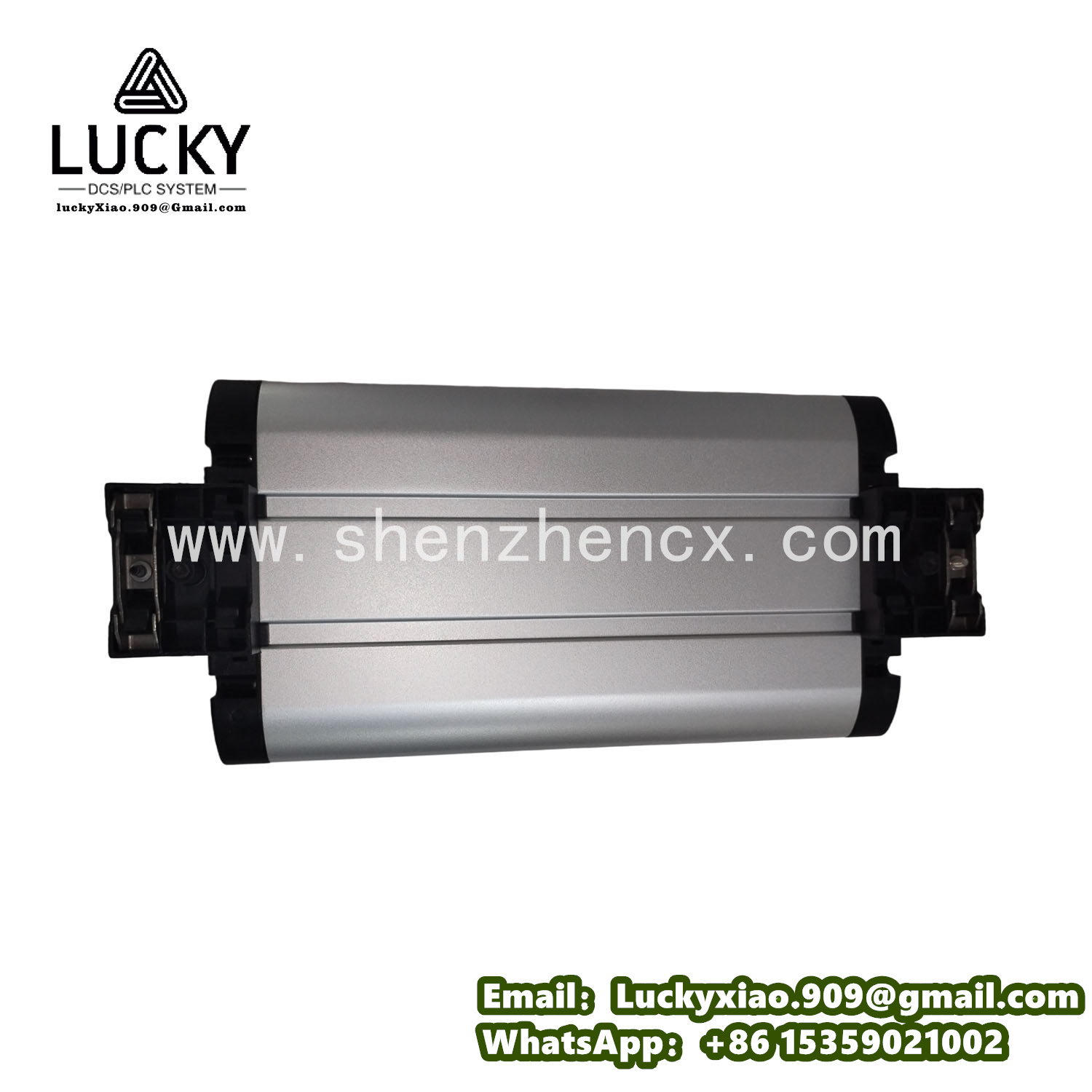
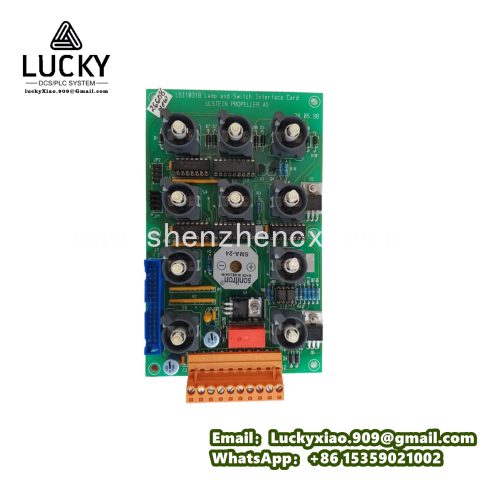
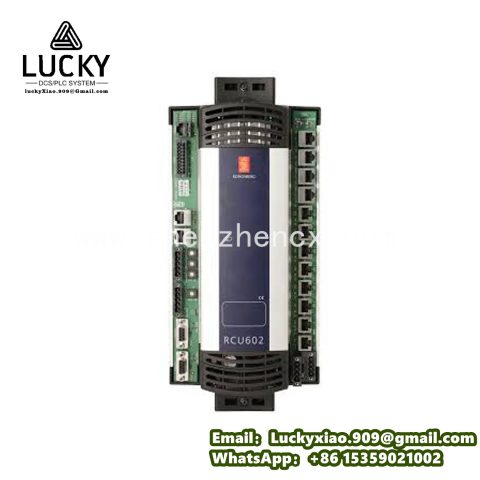
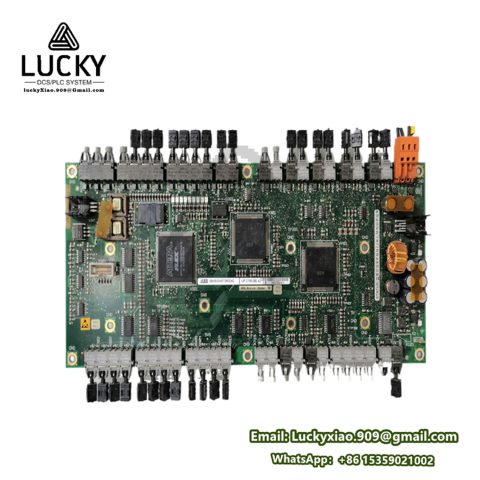
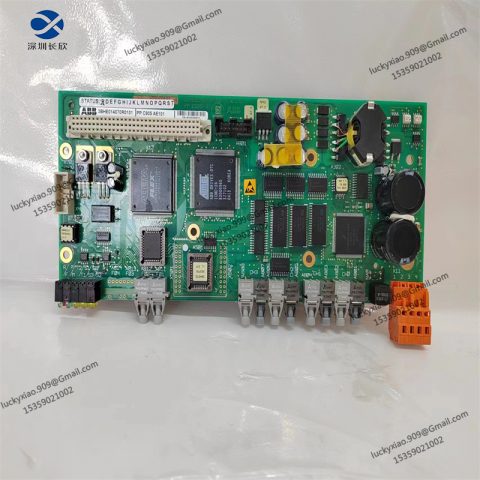
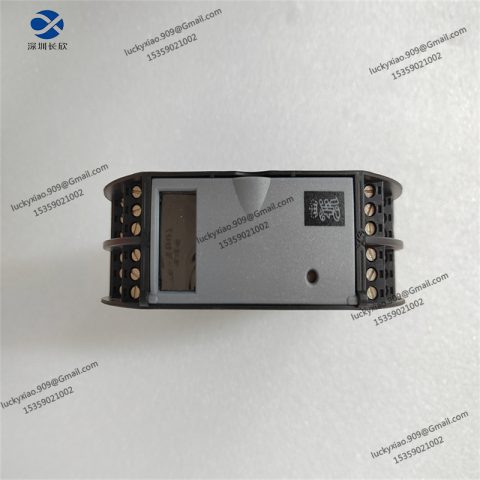
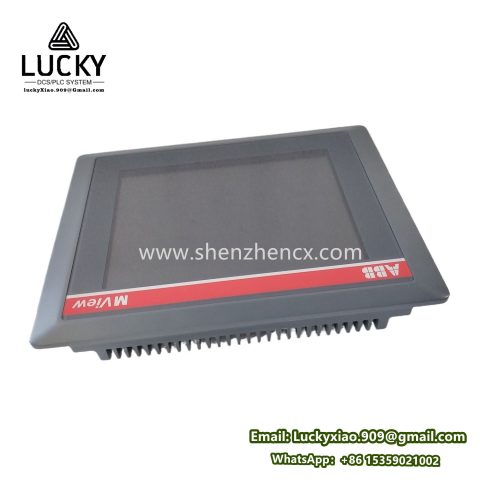
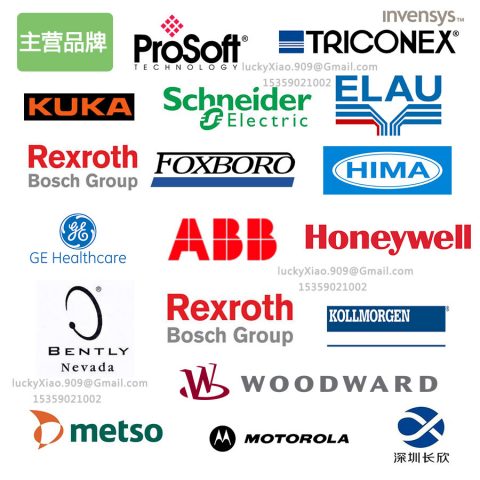
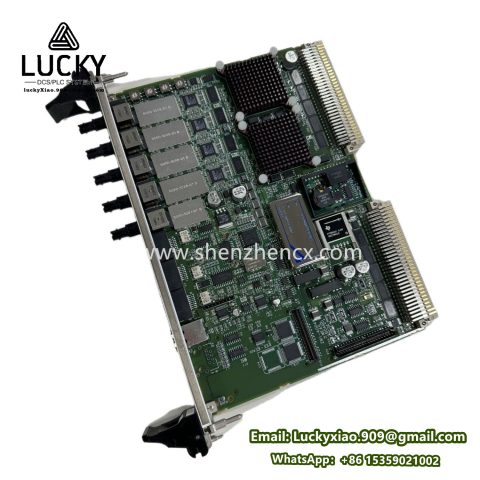
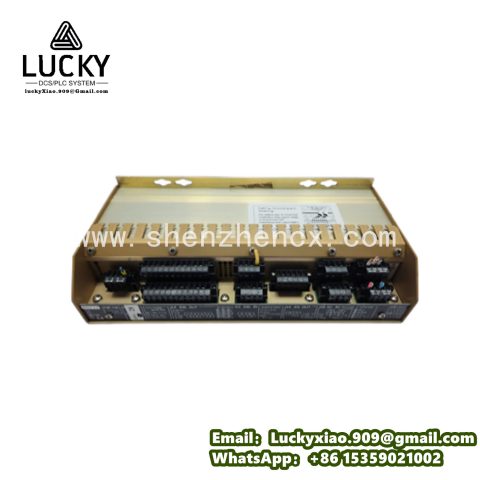
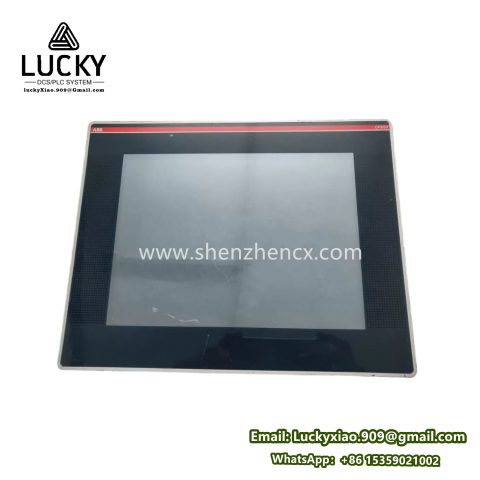
There are no reviews yet.